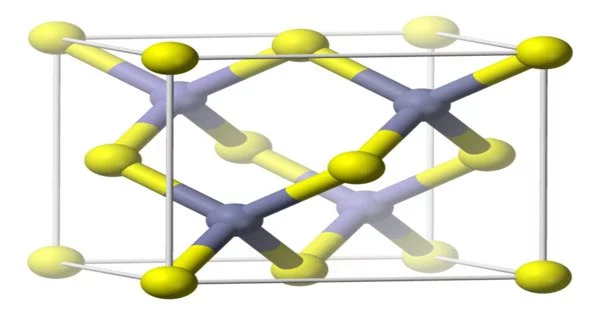Aluminium Gallium Nitride (AlGaN) is a semiconductor material that is a combination of aluminum (Al), gallium (Ga), and nitrogen (N). It is a wide-bandgap semiconductor material with a bandgap ranging from 3.4 eV to 6.2 eV, depending on the alloy composition. AlGaN is a direct bandgap material, which makes it useful for optoelectronic applications such as ultraviolet (UV) light-emitting diodes (LEDs), photodetectors, and laser diodes.
It is a semiconductor material. It is any alloy of aluminium nitride and gallium nitride. The bandgap of AlxGa1-xN can be tailored from 3.4eV (xAl=0) to 6.2eV (xAl=1). The composition of AlGaN can vary depending on the ratio of aluminum and gallium, which affects the bandgap energy and the resulting electronic and optical properties.
AlGaN has a wide bandgap, which makes it suitable for use in high-power and high-frequency electronic devices. Additionally, its high thermal conductivity makes it useful for high-temperature applications.
Application
AlGaN is used to make light-emitting diodes that operate in the blue to ultraviolet range, with wavelengths as low as 250 nm (far UV) and some reports as low as 222 nm. It is also used in blue semiconductor lasers.
It is also used in ultraviolet radiation detectors and AlGaN/GaN High-electron-mobility transistors. It is frequently used in heterojunctions with gallium nitride or aluminum nitride. AlGaN layers are frequently grown on Gallium nitride, sapphire, or (111) Si, almost always in conjunction with additional GaN layers.
AlGaN is also used in high-electron-mobility transistors (HEMTs), which are used in high-frequency and high-power applications, such as radar and satellite communication systems. The high electron mobility of AlGaN allows for high-speed switching and high-power handling capabilities.
Safety and toxicity aspects
The toxicology of AlGaN has not been thoroughly studied. AlGaN dust is irritating to the skin, eyes, and lungs. A recent review reported on the environmental, health, and safety aspects of aluminium gallium nitride sources (such as trimethylgallium and ammonia) and industrial hygiene monitoring studies of standard MOVPE sources.
AlGaN has a high thermal conductivity, making it useful in high-temperature applications. It is also resistant to radiation damage, making it useful in space and nuclear applications. Overall, AlGaN has unique electronic and optical properties that make it a promising material for a range of applications in the fields of electronics and photonics.













